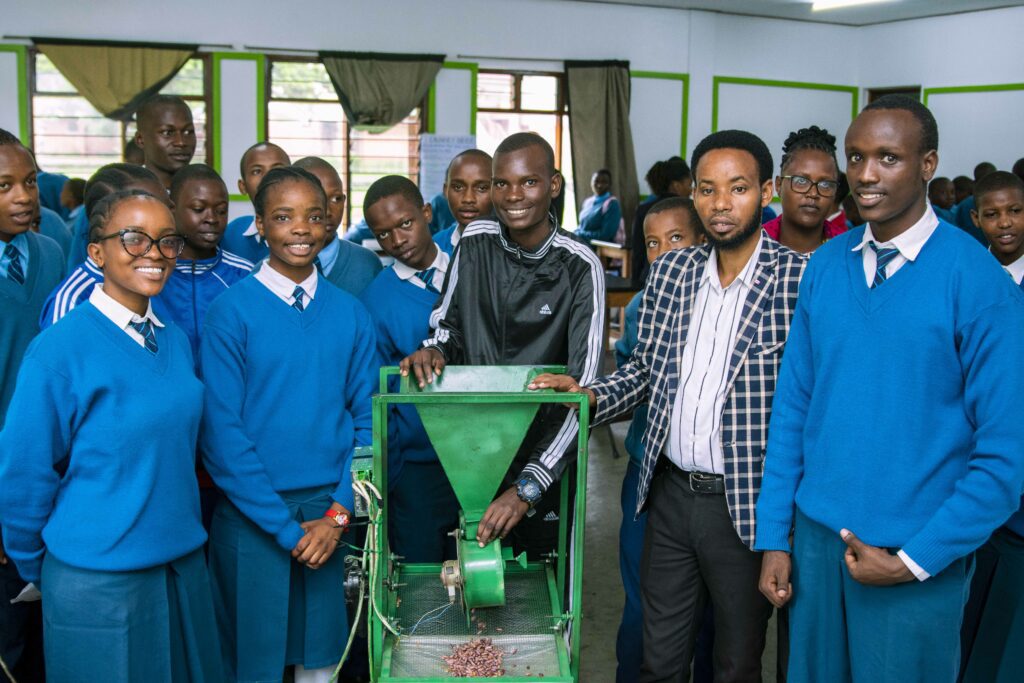
It’s a chilly April morning at St Jude’s Smith Campus. There are no classes today. Instead, the campus transformed into a vibrant hub of innovation, the halls filled with tables displaying a huge variety of incredible work from the students. Over in the school’s dining hall, visitors, staff, students, guests, and even a local news station gather for the official opening of St Jude’s 13th Annual Science Day.
“Today is a special day that brings together our entire community to celebrate innovation and creativity,” says Mr Tsingay, St Jude’s Secondary School Headmaster in his opening speech. “Over 50% of our secondary school students are pursuing science subjects. Today, we will see first-hand how they turn their ideas into solutions,” he adds.
Following the opening ceremony, Mr Tsingay invited everyone to explore the diverse projects and engage with the innovators. Projects included generating electricity out of potatoes, an automatic earthquake sensor, a solar-powered mower, a vacuum cleaner, and even a clever mouse trap from St Jude’s primary school students.
“What do you do with your bar of soap when it gets too small?” asks Marko, pitching his soap recycling prototype. “The most common solution is to simply throw it away. But we have developed a soap recycling machine that could save you on resources and money while conserving the environment,” he adds.
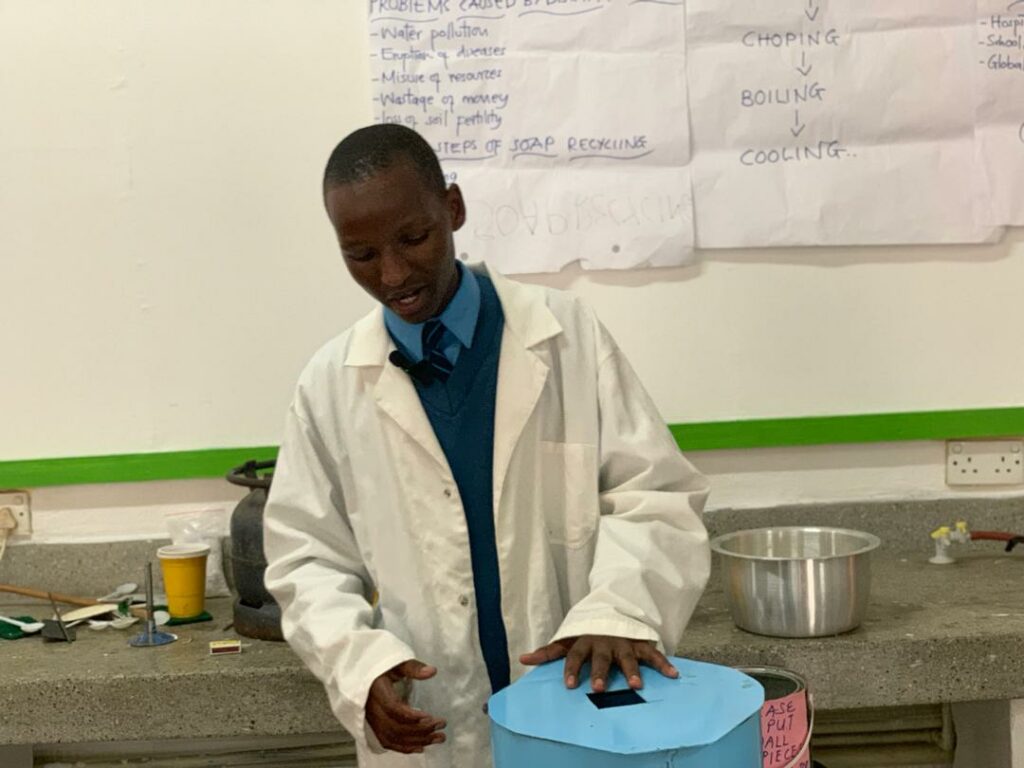
Marko then proceeds to demonstrate how his prototype works, which involves grinding the soap leftovers, followed by boiling, chemical disinfection, and eventually cooling the final product into a ‘new’ bar of soap.
Since the first Science Day 13 years ago, students have set the bar higher and higher, coming up with innovative and creative solutions to challenges that they or their communities encounter in real life. At this year’s Science Day, students have capitalised on the rise of technology, particularly Artificial Intelligence (AI) to develop customised and highly efficient prototypes.
One such project is the “Bean Sorting Machine” designed to reduce workload for farmers by automating the painstaking process of sorting and cleaning crops.
“One of the biggest challenges for farmers is maintaining the quality of their products through an efficient and consistent sorting process,” says Veronica, one of the innovators of the project. To address the challenge, Veronica and her team designed and built a machine that could efficiently sort up to 150 kilograms in an hour.
“Potential updates to our machine include incorporating AI and laser technology to improve its efficiency in removing impurities,” explains Veronica.
Another highlight of the day was the creative application of art in conserving the environment through the recycling and reusing of waste products. Students turned discarded plastics, worn-out clothes, and even wood scraps into decorative items in a beautiful “trash-to-treasure” display.
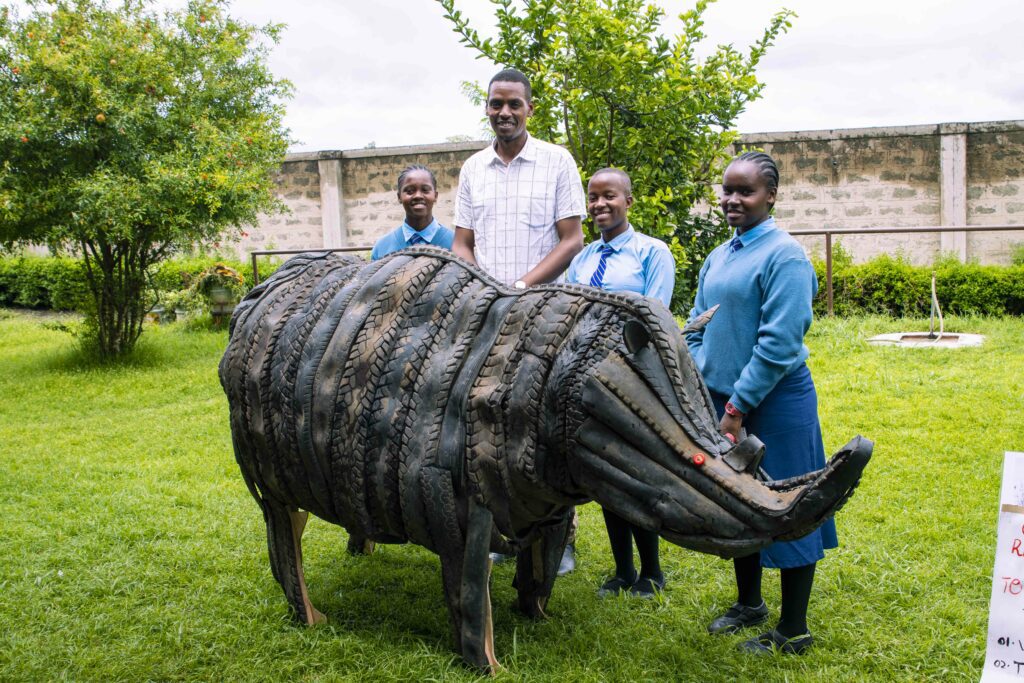
The Science Day is a platform from which our students demonstrate their keen understanding of science principles to address problems they see around them, and we have seen outstanding ideas emerge from this school event over the years. This year’s Science Day was partly sponsored by Edgar, an award-winning St Jude alum and founder of a start-up that recycles plastic waste into useful construction materials. Edgar showcased his prototype of plastic bricks at a St Jude’s Science Day as a student and continued to refine his idea to eventually launch his own company.
“When we started the Science Day competition 13 years ago, most projects were just made out of wood and glass” reflects Mr Mcharo, St Jude’s Academic Senior Manager. “Today, our students are demonstrating working models and turning their ideas to businesses. It’s a testament to the power of innovation and the opportunities brought alive by St Jude’s holistic approach to education,” he adds proudly.

One of the most enduring cultures at St Jude’s is the spirit of compassion and helping those in need. Throughout the year, students and staff support the community in various ways.
“Every other weekend, our students are out volunteering at an orphanage, cleaning the marketplace, or sharing their skills and knowledge with students from neighbouring schools,” says Focus, a staff and mentor of Interact Club at the school.
This year, St Jude’s launched another impactful initiative to support the community, particularly patients in need of blood transfusion. In March, the school introduced a bi-annual blood donation drive for eligible staff and students to voluntarily participate.
“We saw the need to step in and help local hospitals around our communities replenish their blood banks,” says Irene, who helped organise a recent blood drive at St Jude’s. “From medical emergencies and accidents, to supporting mothers during childbirths, our hospitals could always use the extra blood units,” she adds.
The first round saw 81 volunteers, including students at St Jude’s Girls’ Secondary School and staff participate in the blood drive. The turnout was so good that it earned St Jude’s special recognition from Arusha’s largest referral hospital as the biggest blood donation drive by a single institution in its history.
“It was a pleasant surprise,” says Irene excitedly. “We only had a few weeks to organise the drive and had initially estimated the blood drive to only take a few hours. In the end, it lasted the entire day! It was wonderful to see the St Jude’s community coming together once again in support of such an impactful program,” she adds.
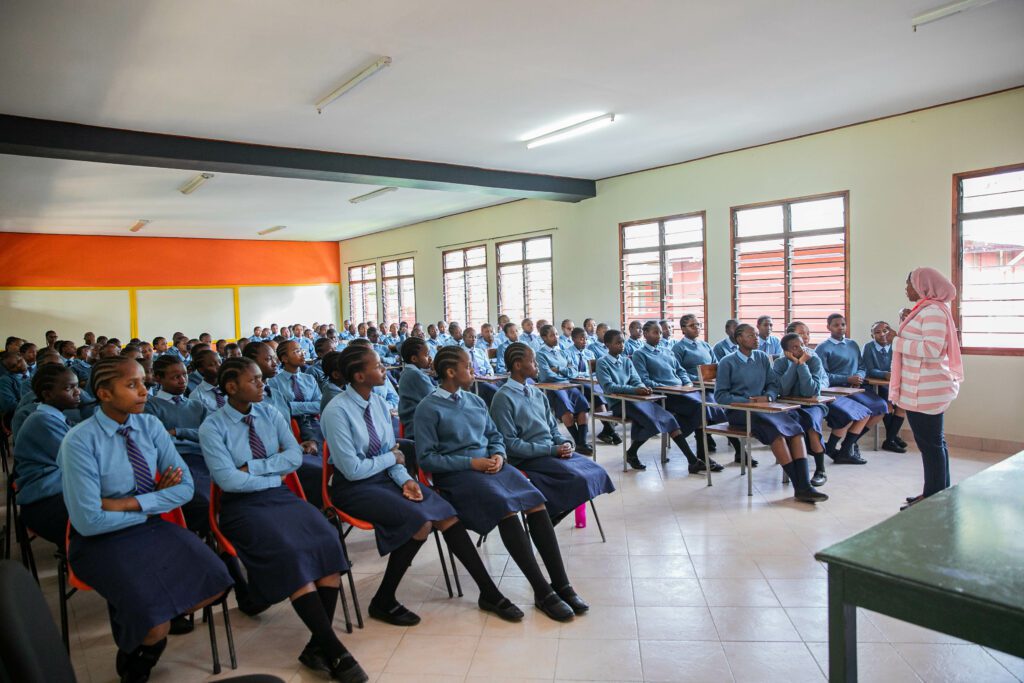
The blood donation drive was a collaborative effort between St Jude's welfare and academic teams, with support from Arusha's biggest referral hospital.
"We wanted to ensure that the drive was organised efficiently," says Irene. “The hospital helped organise an information session for our students and staff ahead of the drive and the school arranged a special lunch for everyone who donated their blood,” she adds.
Fatuma, one of the talented hosts of our monthly podcast, was one of the 63 students at St Jude’s Girls’ Secondary School who participated in the blood drive. Beyond the podcast, she is an incredible athlete aspiring to become a P.E. teacher and understands the importance of donating blood in saving lives.

“I first learned from my sister, who is a nurse, that blood can be used to help people, particularly mothers during childbirth,” says Fatuma. “So when this opportunity arrived, I immediately volunteered,” she adds excitedly.
It’s also quite fitting that the record-setting blood drive happened at St Jude’s Girls’ Secondary School during a month dedicated to celebrating women. Soon, St Jude’s will conduct another blood drive at Smith Campus and continue supporting local hospitals with extra blood. It’s part of a new tradition at St Jude’s where students and staff unite to save lives.
The School of St Jude held it’s first Form 6 graduation in 2015. Eight more graduations have since followed that inaugural ceremony. Although each graduation is different and special in its own way, this year’s graduation is the first of its kind as it will feature the largest number of graduates ever! 210 graduates will celebrate this incredible milestone.
There are three key stages of school in Tanzania; seven years of primary school from Standard 1 to Standard 7, then four years of secondary school from Form 1 to Form 4 in Ordinary Level (O Level) studies, and finally the final two years of secondary school, Form 5 and 6 in Advanced Level (A Level) studies.
As we gear up towards our largest Form 6 graduation ceremony yet, let’s take a look through history at some of our earlier graduation ceremonies. A lot has changed over the years but the spirit of celebration and a feeling of accomplishment continues.
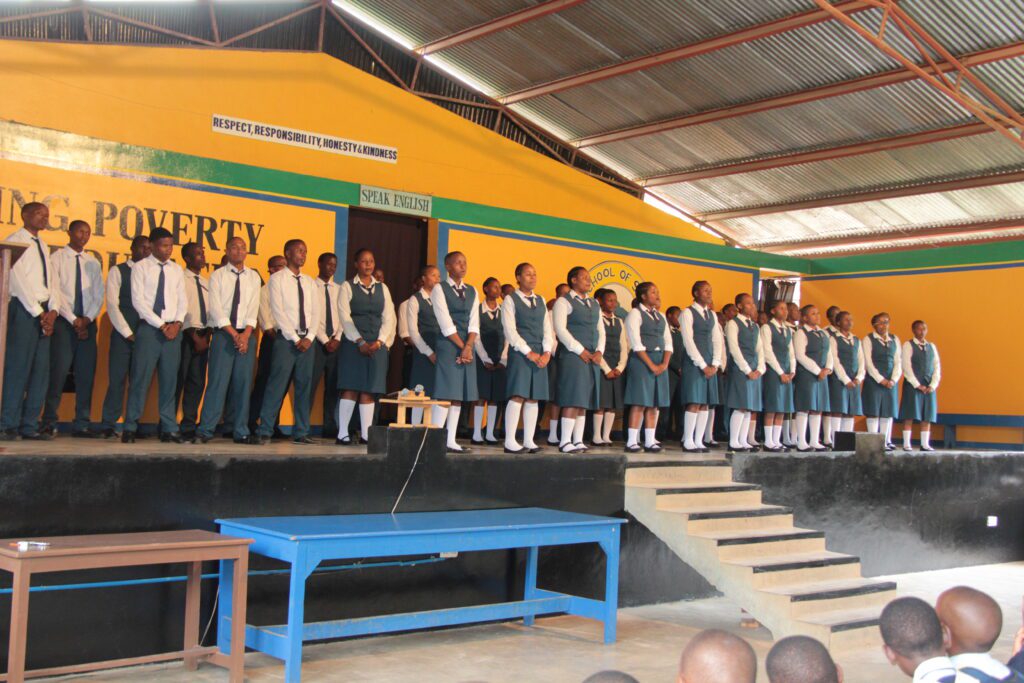
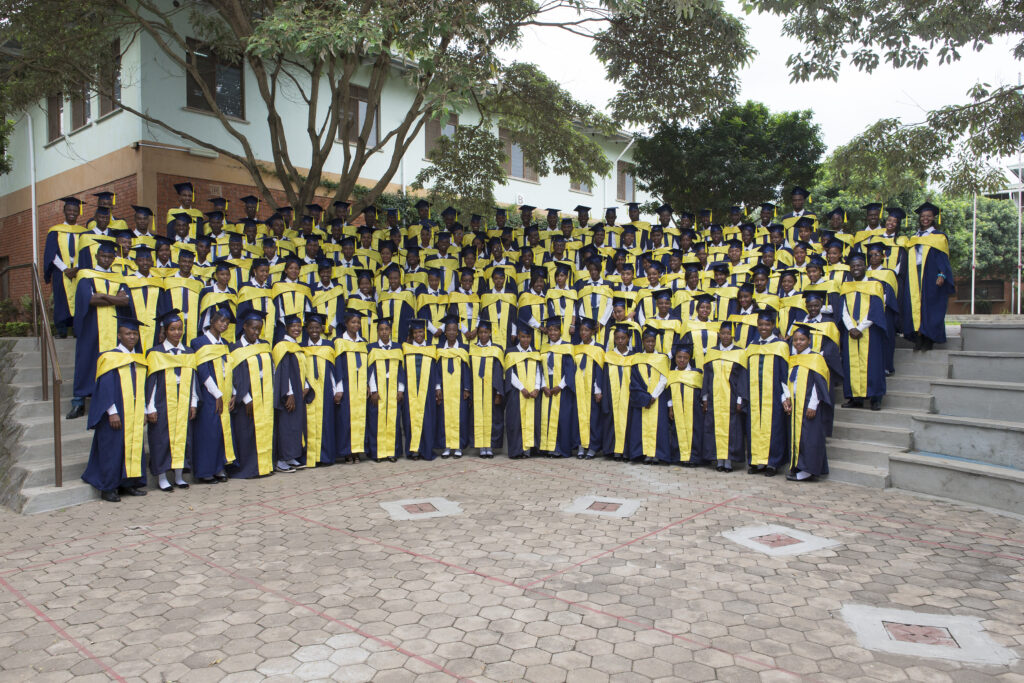
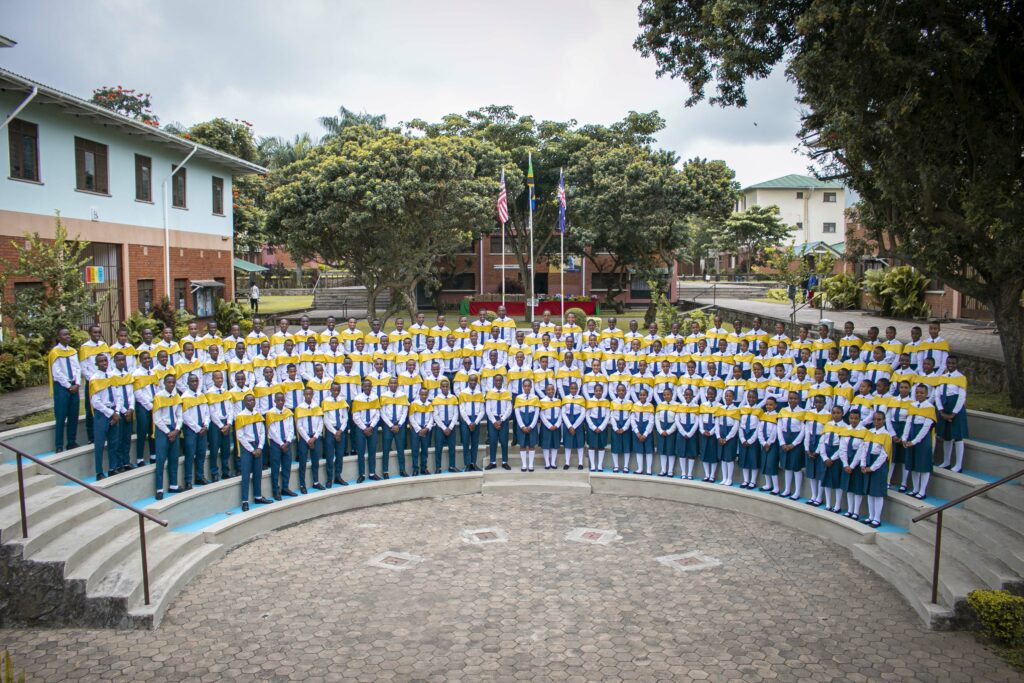
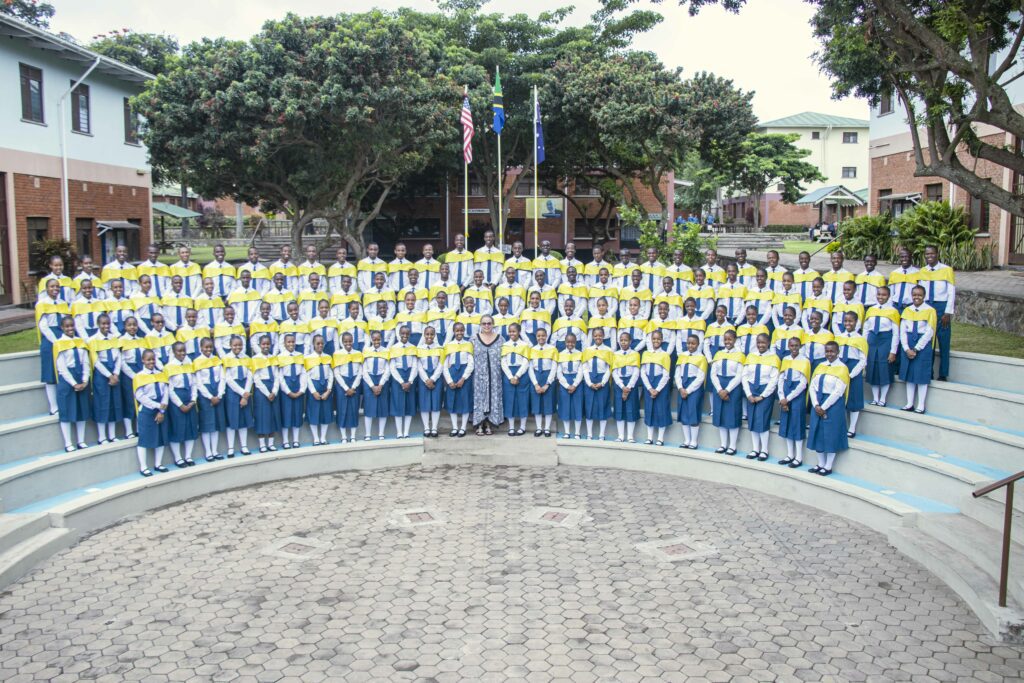
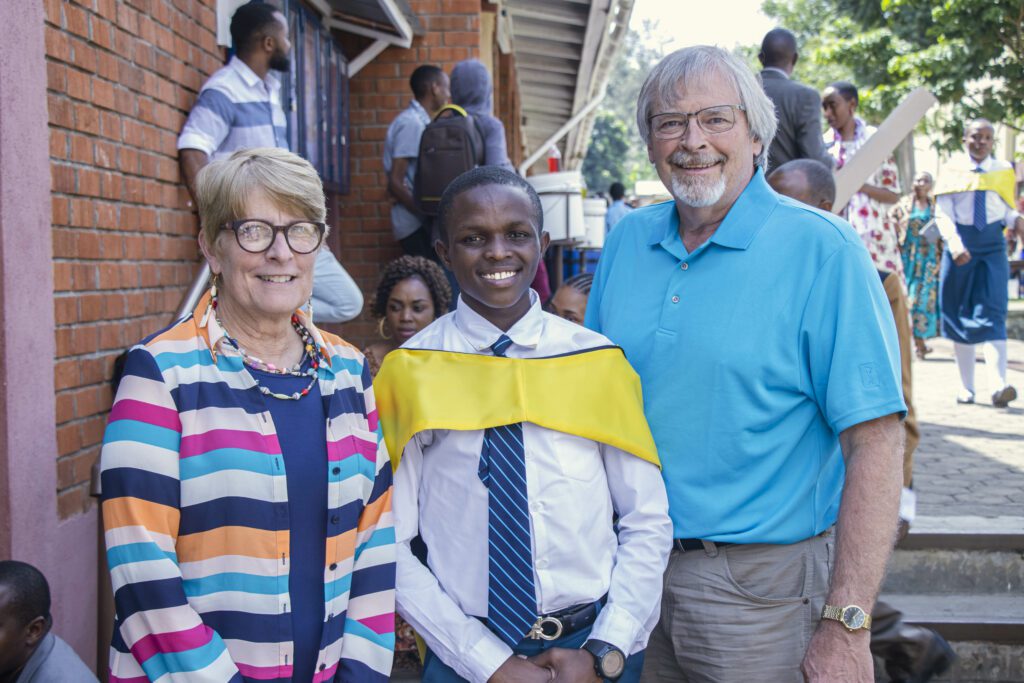
Carol and Bradley Johnson are a married couple who live in Watertown, South Dakota. They also sponsor a scholarship for a recent Form 6 graduate, coincidentally named Johnson!
The Johnsons recently made the trip to Arusha to celebrate Johnson’s Form 6 graduation. Thanks to the pandemic, the trip had been almost five years in the planning.
“Before we left, we would say to people, ‘The Johnsons are meeting Johnson!’” Carol laughs.
Because Carol’s work takes her all over South Dakota, she is a member of the Rapid City Rotary club, while Bradley belongs to the Watertown Rotary club in their hometown, 400 miles away. It was through the Rapid City Ccub that Carol first heard about St Jude’s.
“Pat Sutliff (a long-time supporter and Rotarian) shared the story about The School of St Jude to our club,” Carol recalls.
Bradley takes up the story, “Well, Carol told me what she knew about the school and asked if we wanted to sponsor a student and of course I said yes right away.”
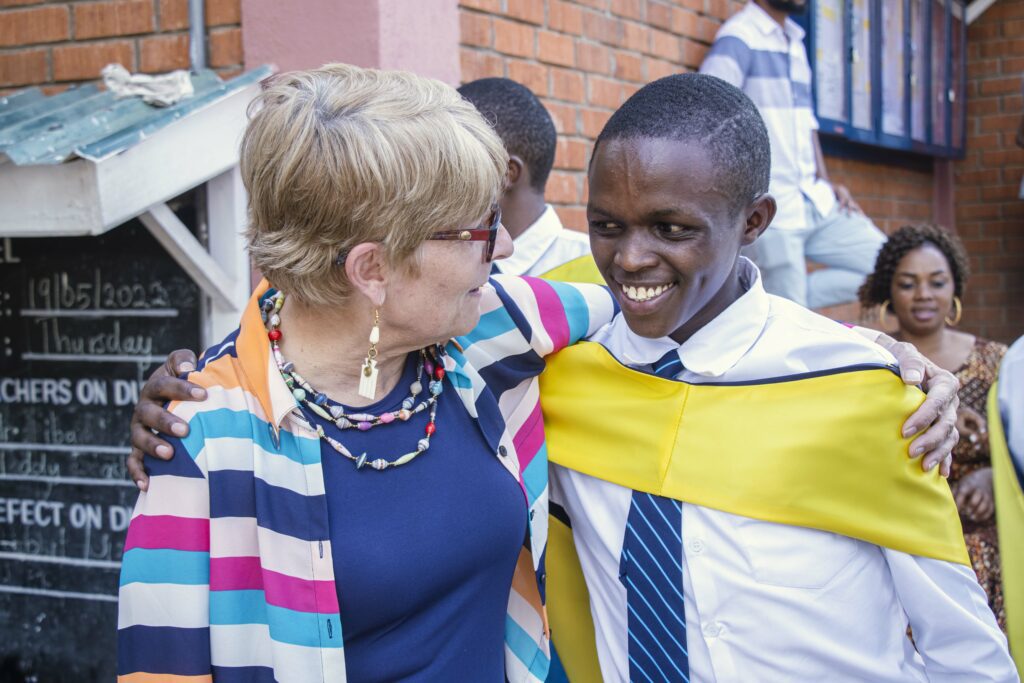
Since 2020, the Johnsons have been sponsoring Johnson’s scholarship, sending letters back and forth and learning more about the driven student. However, it was their recent visit which really made an impact on them.
“I didn’t quite connect, yet,” shares Bradley. “Now, coming here, seeing the country and meeting the people has been extraordinary…This has definitely changed my life.”
Sponsorship has been life-changing for Johnson too, who started at St Jude’s back in 2009 when he was in his first year of primary school.
“It was great and wonderful to meet Carol and Brad,” he beams, as he stands wearing his yellow graduation sash. “It was beautiful to have them at my graduation.”
Carol agrees. “It was an amazingly beautiful ceremony,” she says.
To add to the excitement, Johnson was named ‘Best in Chemistry’ during the ceremony, which he kept secret in order to surprise Brad and Carol.
His secret to winning the highly-coveted award was, “commitment, focus and a positive mind-set.”
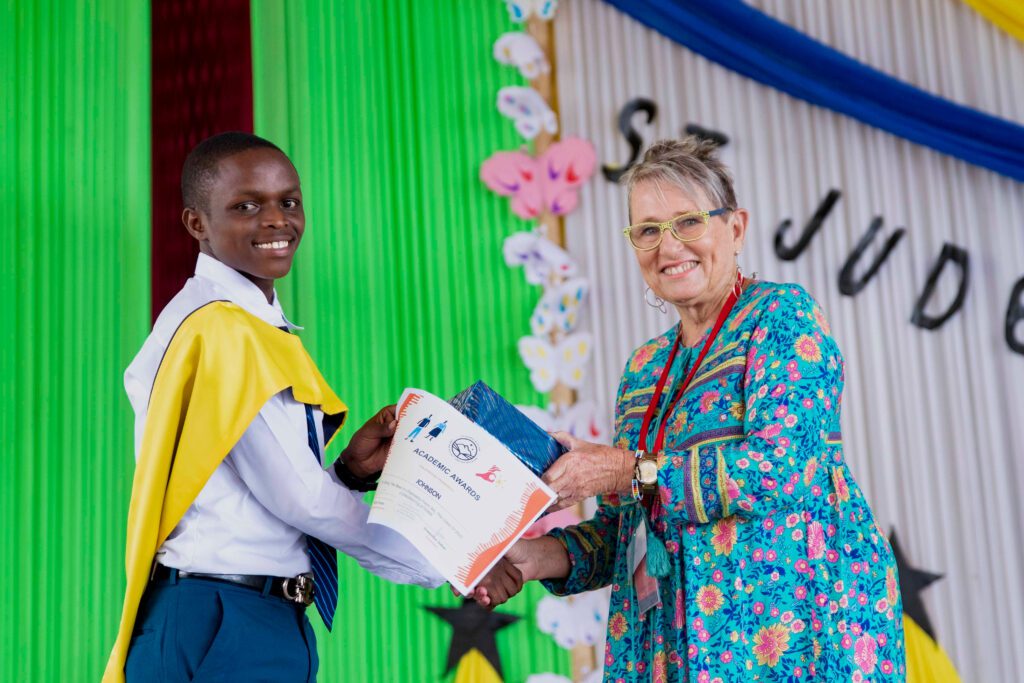
But the connection between Johnson and the Johnsons doesn’t end with Form 6 graduation.
“We’re going to make sure we support him through the Beyond St Jude’s Program,” Brad says.
Soon, Johnson will begin his Community Service Year (CSY) the first part of Beyond St Jude’s (BSJ), St Jude’s program for its secondary school graduates. During the CSY, Johnson and his fellow volunteers will share their time, skills and knowledge on campus at St Jude’s or in local government schools.
Already, Johnson is looking forward to giving back to the community.
“I am planning to participate in the CSY as a volunteer teacher in a government school where I hope to teach chemistry and mathematics. I want to do this so I can help many more people, especially those students who don’t have teachers,” he explains.
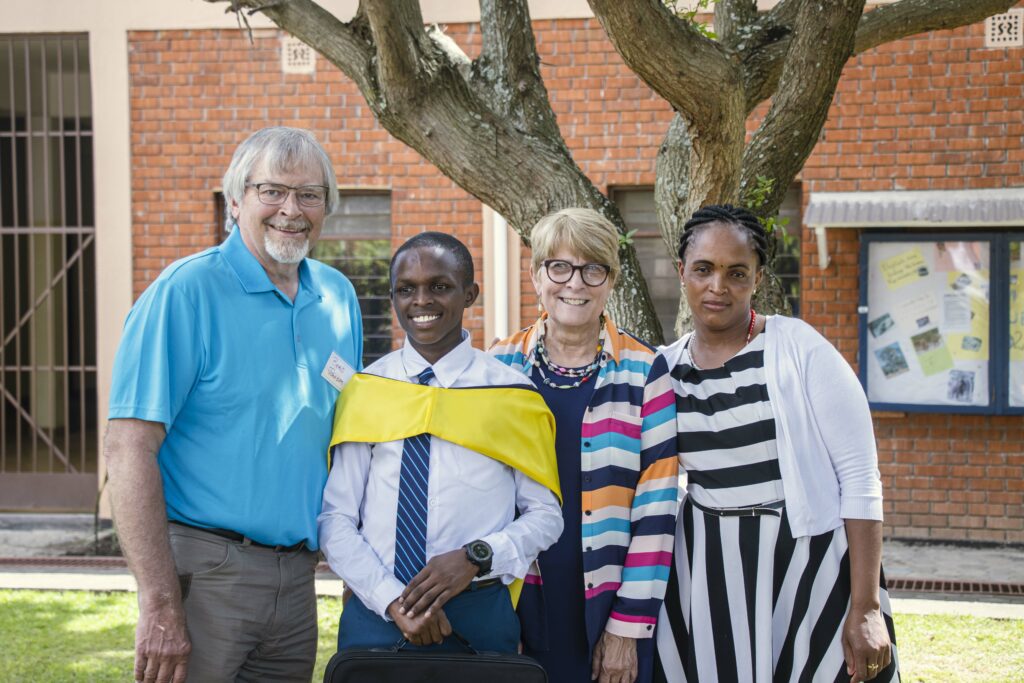
After the CSY, Johnson plans to study industrial engineering at university and then begin a career which will help boost Tanzania’s production capabilities, but he also nurtures a strong interest in politics.
“No matter where he goes, he’s driven, he’s bright and he understands the gifts that he’s been given,” says Bradley.
Thanks to a St Jude’s scholarship and the generosity of people like Bradley and Carol, Johnson and 106 other future leaders graduated from Form 6 this May. Without a scholarship, it’s likely that many of these students would have had to leave school early due to financial pressure.
Sponsoring a scholarship is a life-changing gift, perhaps best explained by Bradley.
“When you think about how you can change a life, you’re not just changing one student’s life, you’re changing hundreds, thousands of people’s lives through them.”
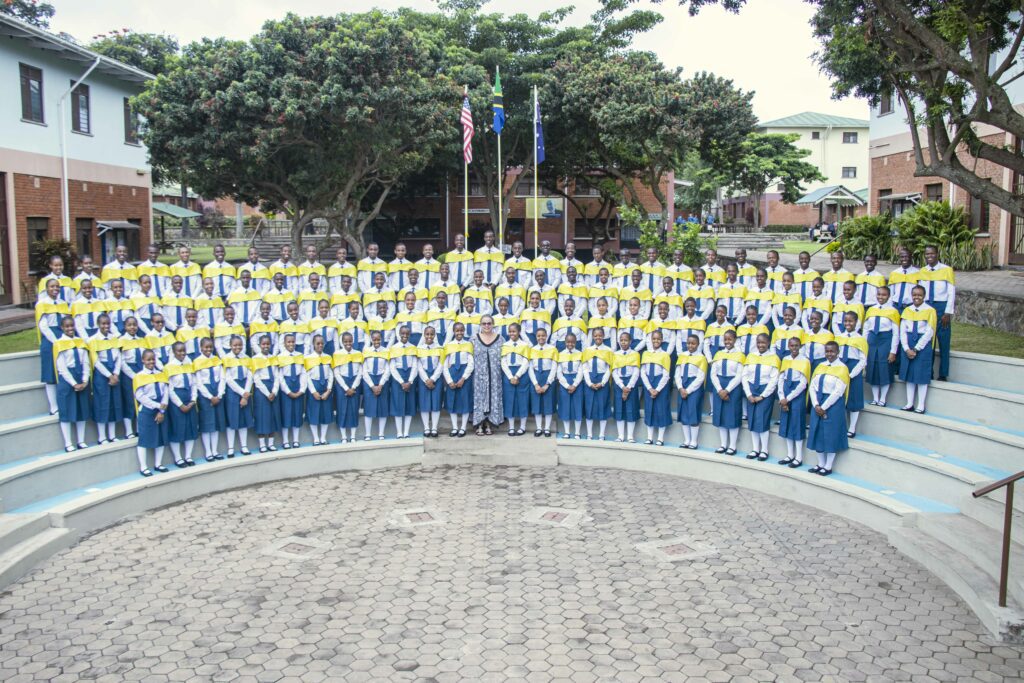
There are 107 students graduating Form 6 in 2022.
We have over 850 alumni who have already graduated Form 6 at St Jude’s from 2015 to 2021.
During the course of their studies, the incomes of students’ families have doubled.
70% of families have progressed from the extreme poverty line (did not afford basic needs) to live above the relative poverty line (can now afford to buy basic needs) upon their child’s completion of Form 6 at St Jude’s.
Once a student completes Form 6, only 1 in 10 of the families are still living in mud houses, versus 4 in 10 when they started at St Jude's.
In the last 20 years, The School of St Jude has grown so much that it’s almost unrecognisable. Buildings, fields, buses, campuses and whole new schools have been added to keep pace with the need for free, quality education in the Arusha region.
Over these two decades, St Jude’s has celebrated milestone after milestone. Barely a term passes without something new here, but as we look back we can see the turning points which have shaped St Jude’s into the school it is today.
1998
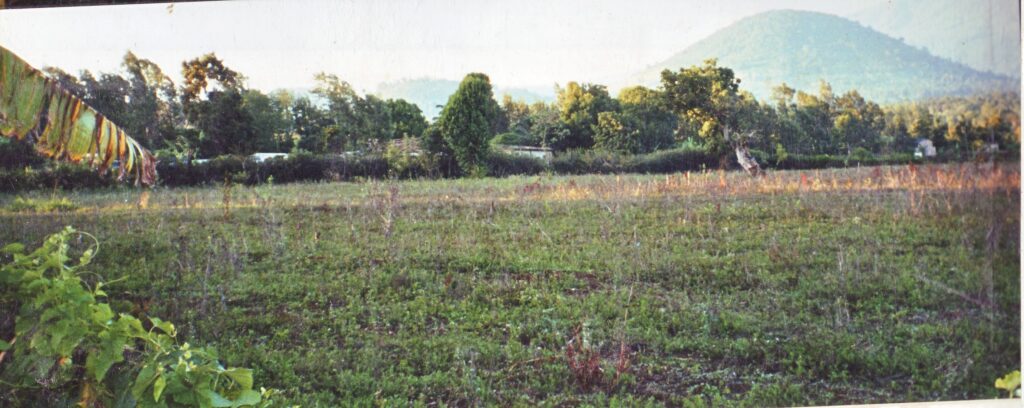
1998 is a little more than 20 years ago now, but it’s a very important year in St Jude’s story. In this year, Gemma Sisia was gifted the original land on which St Jude’s was built, by her future father-in-law.
Following the gift of land, Gemma began to plan in earnest and collect donations for The School of St Jude. “The aim is to raise over $150,000, and even if it takes 10 years I am determined to build it,” she wrote, in a 1999 newsletter sent to supporters of what was then called the East African Fund.
Little did Gemma know how generous people would be – in less than four years, St Jude’s first students would be learning on the land she had just been given!
2000
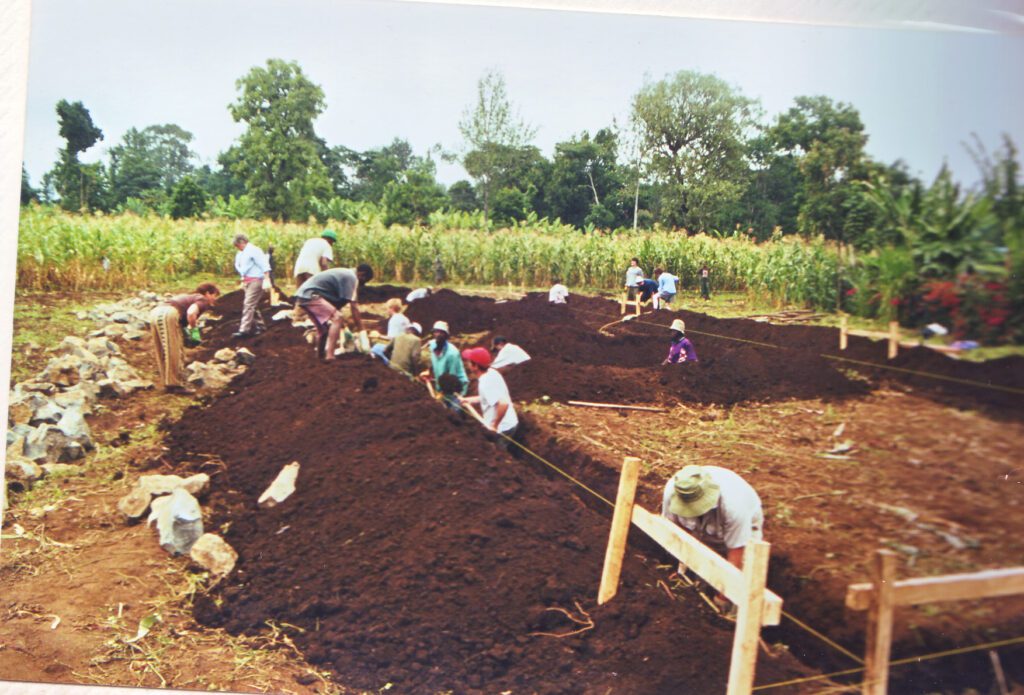
In this year, the very first classrooms were built at St Jude’s, thanks to some amazing Rotary volunteers from the Armidale Central and Gosford North clubs.
Gemma recalls in her book, St Jude’s, “A great friend of my family, Rotarian David Steller, who was an engineer with Armidale Council, offered to lead the Rotary team and there was a young builder, Tyson Jackson, who’d just finished his apprenticeship, but apart from these two, the main building qualification of the first team that went over was goodwill.”
The very first building still stands today as the Visitors Centre.
2002
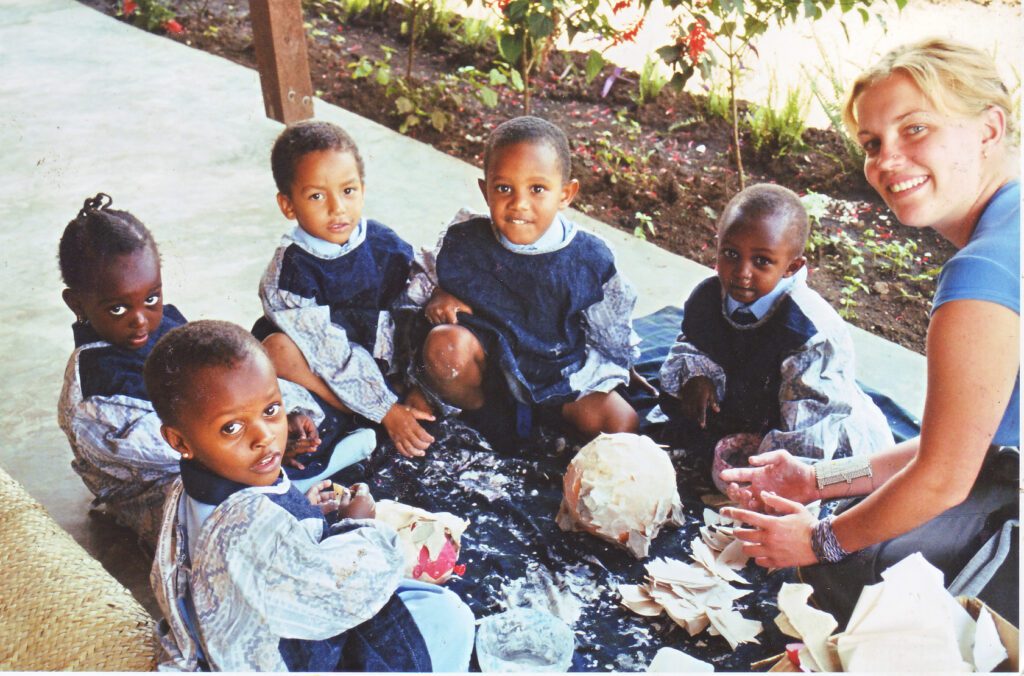
29 January 2002 marked the first day of classes at St Jude’s. Volunteer teacher, Angela Bailey, was just 19 at the time. She reflects, “It was so exciting, I was a little nervous… It was mostly about orientation on the first day, showing the students our first small library, where the toilets were… My students were completely overwhelmed and shy. It was only a few hours and then they went home for lunch.”
“I remember, I asked Gemma what her vision (for St Jude’s) was and she said she would love to have two streams all the way to the end of primary... I thought that was an incredible vision!”
By 2003 the number of students at St Jude’s had grown to 120 and the school was in serious need of extra classrooms.
2005
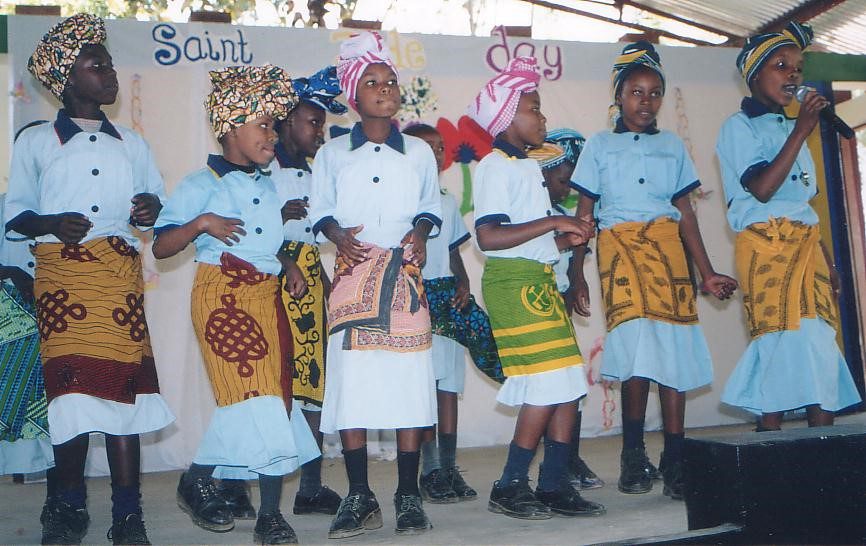
In 2005, Gemma and St Jude’s were featured in an episode of the ABC’s (Australian Broadcasting Commission) Australian Story. The episode told Gemma’s story of growing up country New South Wales, moving to Tanzania and starting St Jude’s.
The response to Australian Story was extraordinary. After watching the episode, many new people decided to support St Jude’s as sponsors, donors and volunteers. This increased support encouraged Gemma to consider opening boarding houses and a second school.
This same year, St Jude’s Standard 4 students sat their first-ever national examinations and received amazing results, placing St Jude’s third from 204 schools in the region and establishing a tradition of academic excellence.
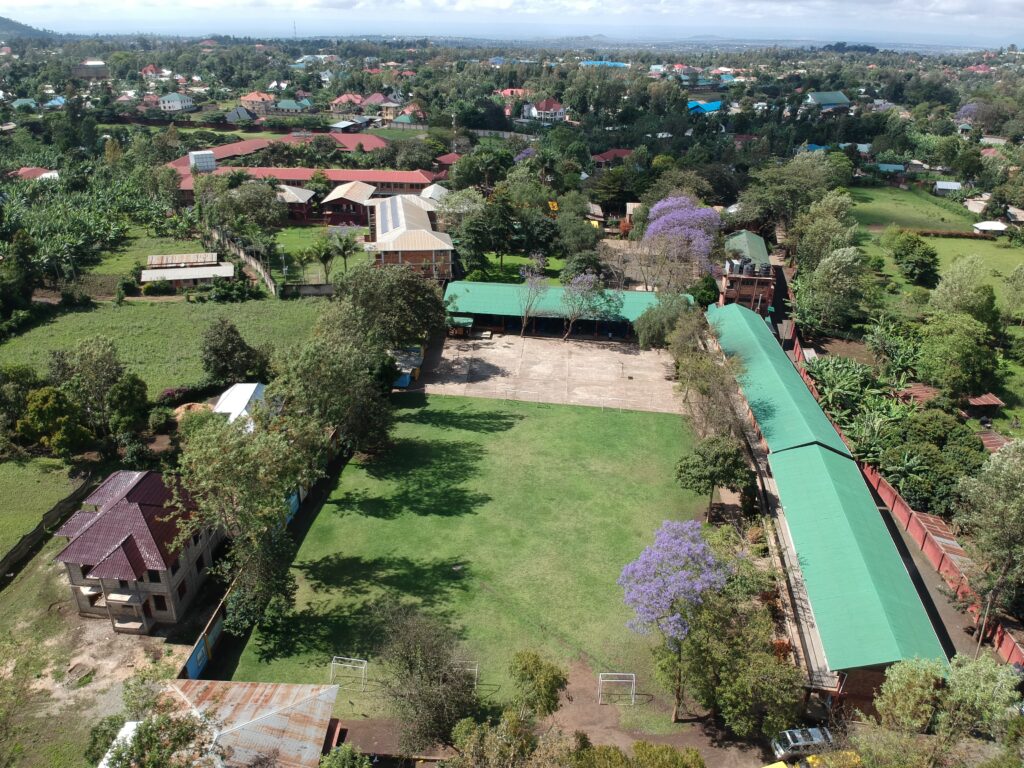
2008
In 2008, St Jude’s took a big step by opening a second school. The new school, located in Usa River, about 50 minutes' drive from our original site, began as another primary school.
Today, the campus at Usa River is called Smith Campus in recognition of the generous Smith family, long-time supporters of St Jude’s. It now houses St Jude’s Secondary School, where our Form 1 to 4 boys and Form 5 and 6 girls and boys live and study.
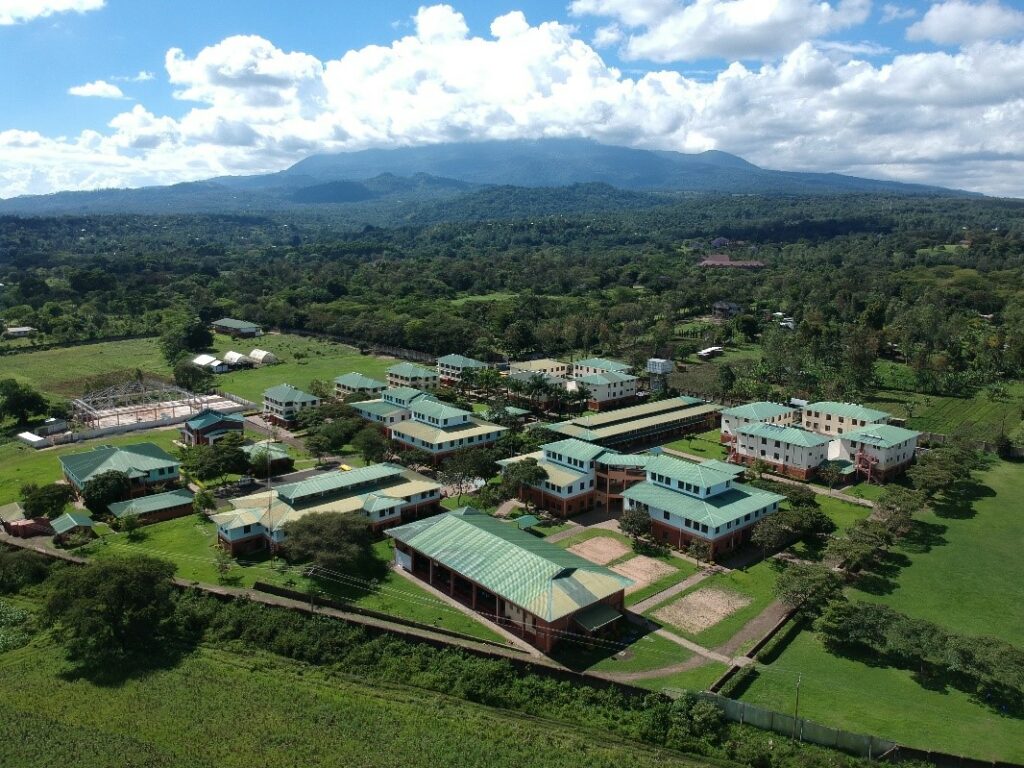
In the same year, we opened a third campus – Moivaro Boarding Campus. As a boarding school, St Jude’s is able to offer students with a safe, stable environment where they can focus on learning without the pressures and challenges they often face at home.
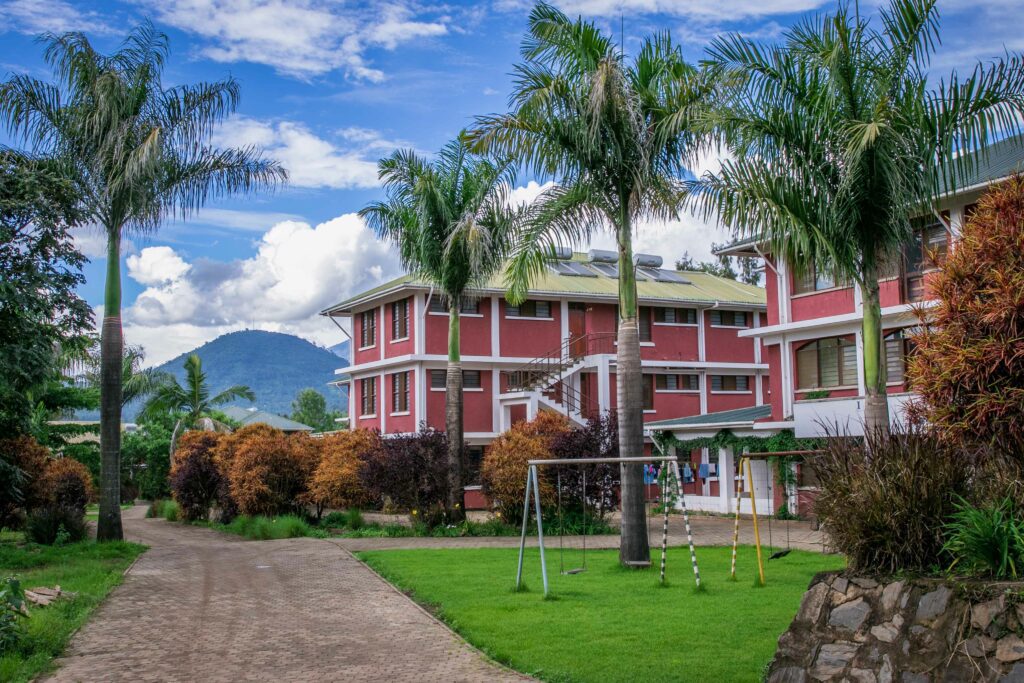
2014
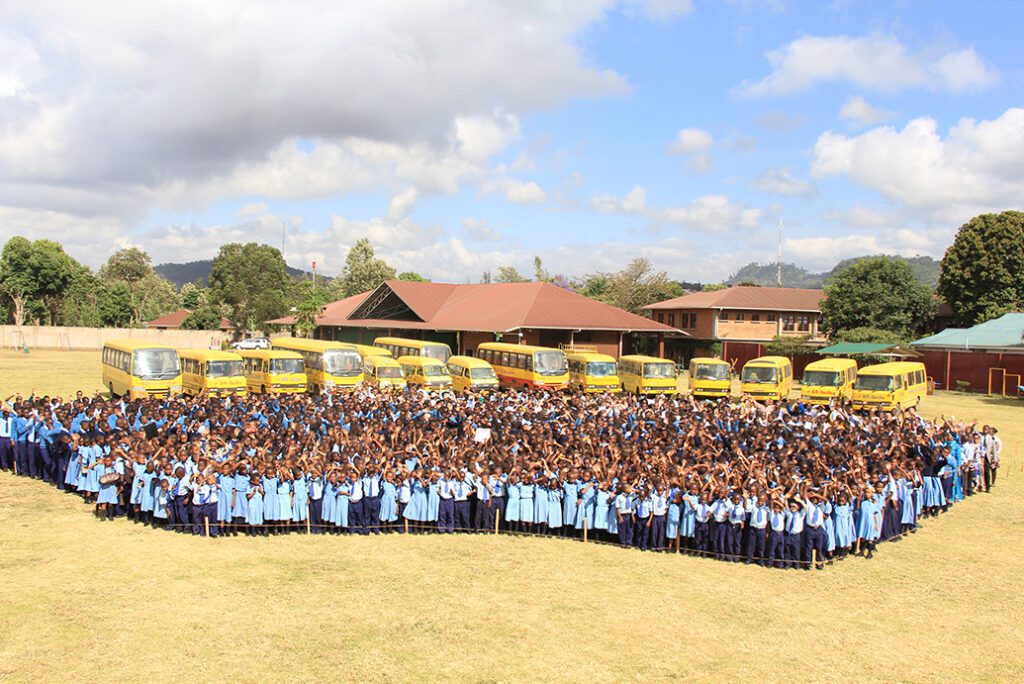
In 2014, we celebrated an exciting milestone – St Jude’s was finally a whole school, with classes from Standard 1 (the first year of primary school), to Form 6 (the final year of secondary school).
In this year, our decade long building program was completed!
2015

In 2015, we held our inaugural Form 6 graduation. 61 overjoyed graduates celebrated the end of their secondary education in the presence of 1,000 guests, including supporters from around the world. We’ve now celebrated seven Form 6 graduations and each time it is a wonderful reminder of how far we have come.
Later that year, these graduates became the very first Community Service Year (CSY) volunteers through our newly established Beyond St Jude’s Program (BSJ). To this day, BSJ supports secondary graduates through a period of community service and then a higher education qualification.
These first graduates spent a year volunteering in the community to share their skills and knowledge. Some volunteers lent a hand in the St Jude’s office, while others taught in understaffed government schools, reaching more than 10,000 students.
2019
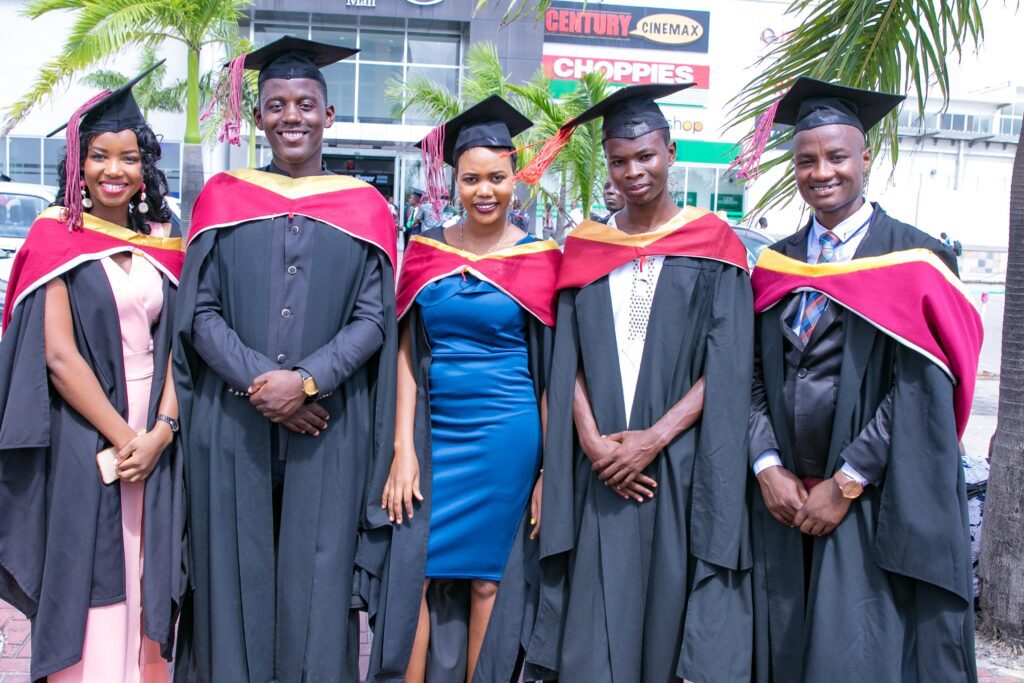
In 2019, after 17 years of St Jude’s, the very first BSJ scholars graduated from university. Since the earliest days of St Jude’s, we had dreamed of our students graduating from university, starting their careers and breaking the poverty cycle. We were so excited to celebrate the graduation of 26 BSJ Tertiary graduates.
The number of BSJ Tertiary graduates continues to grow each year with hundreds more being supported through their tertiary studies.
2020
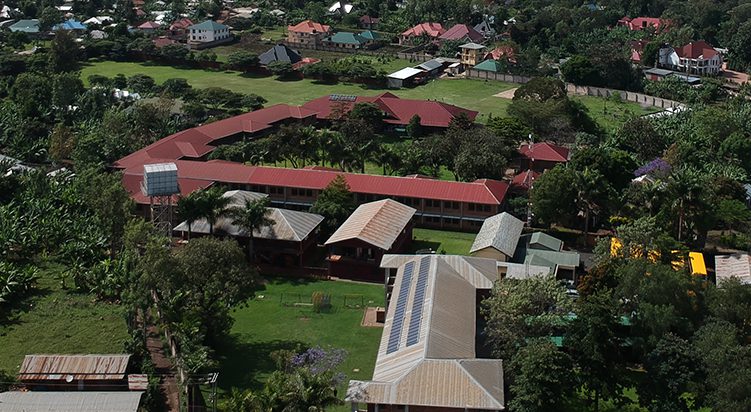
In 2020, we opened a third school – St Jude’s Girls’ Secondary School, to give more girls, and more students overall, an opportunity to attend secondary school.
On average, girls in Tanzania from poor, rural backgrounds receive just four years of education, and this was being reflected in our scholarship application process. The new school has a capacity for 600 students all of whom are boarders in Form 1 to Form 4. The same number of boys continue to be educated at St Jude’s Secondary School.
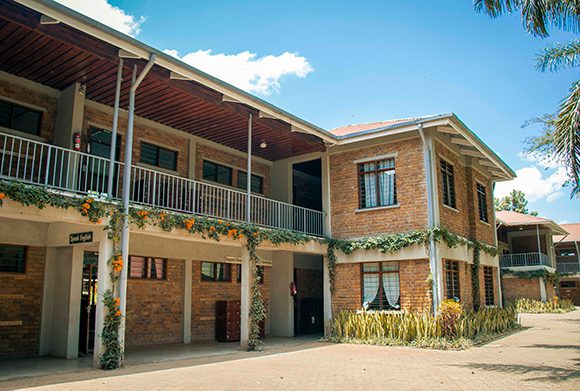

2021
In 2021, we celebrated the graduation of the very first BSJ medical scholars – the first St Jude’s educated doctors! Following jubilant graduation celebrations, the graduate doctors started internships at hospitals across Tanzania in preparation for impactful careers.
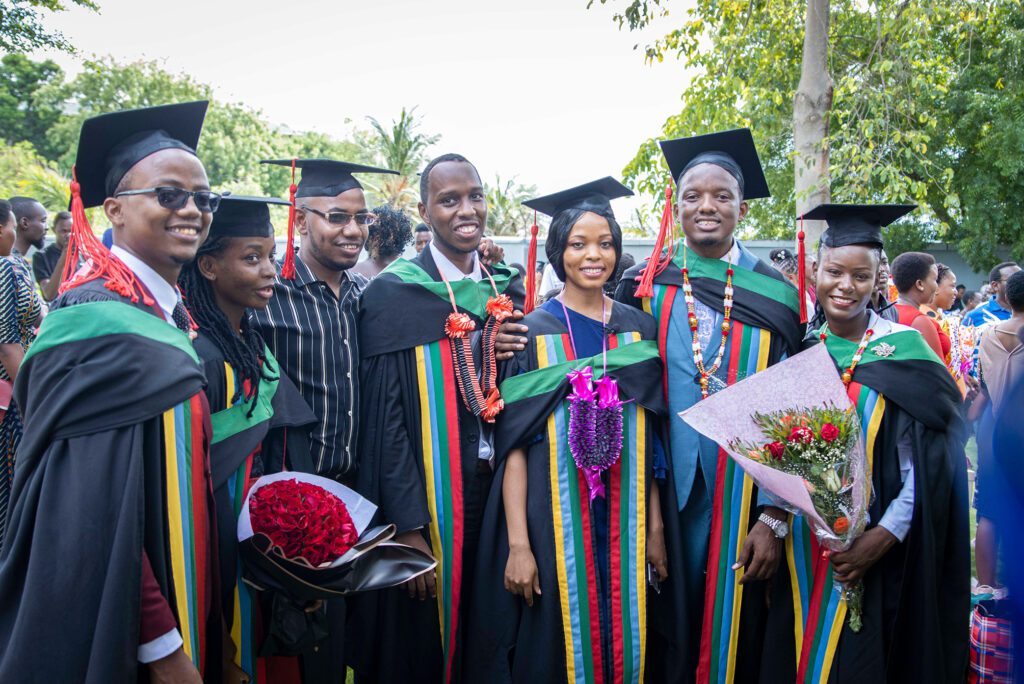
2022 and Beyond
This year, we celebrate our 20th birthday, take a moment to look back and turn our eyes to the next 20 years. What began with three students, has, with your support, become a school of 1,800 with a successful graduate program.
So much has changed since 2002, but our motivation is the same as ever; together, we are fighting poverty through education.